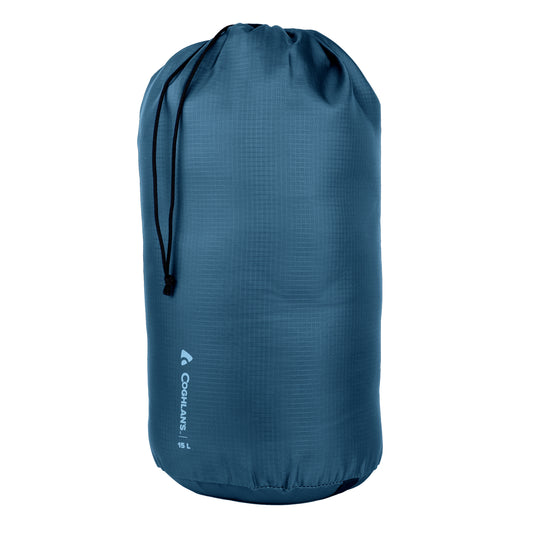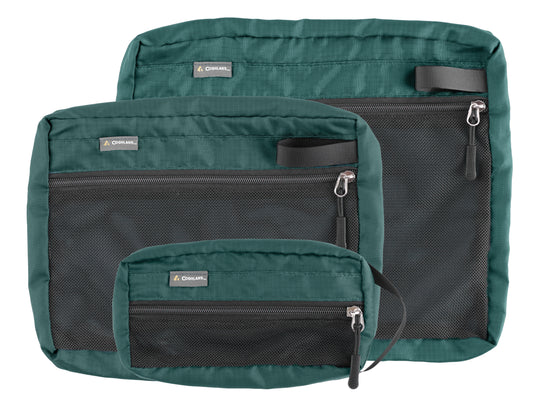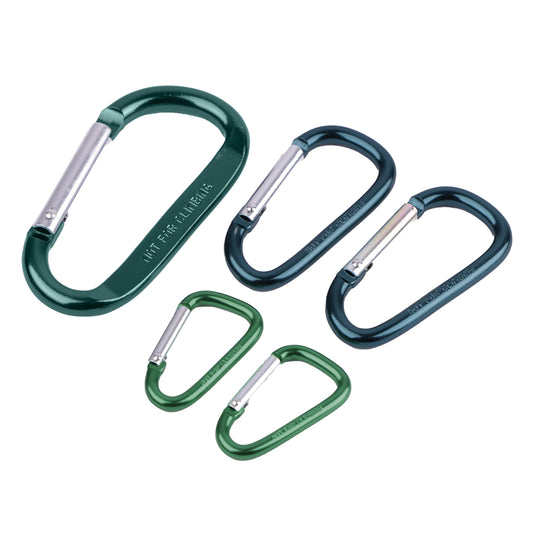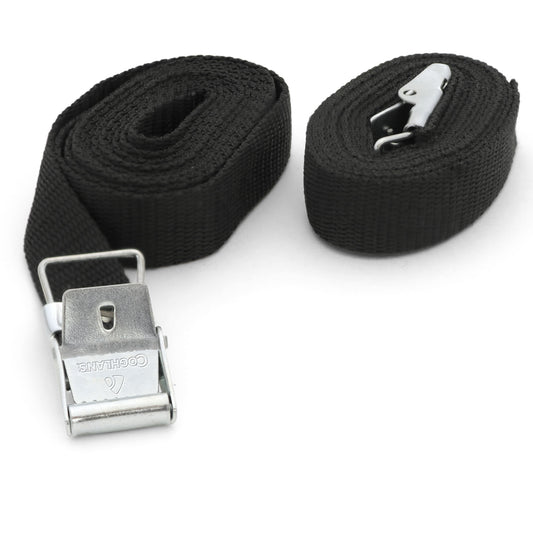Essentials in Arm's Reach:
The outside of your pack is more useful than you might think. Hip pockets, lash points and carabiners are great for keeping gear on deck. It’s all about keeping the essentials close so you can stay on the move. Your water bottle, GPS, sunscreen and bug spray, sunglasses, hat, and bear spray (if needed) are all great items to store here. Those smaller pockets on your pack are also handy for things like lip balm or a multitool – the little things that could easily lose track of and are nice to keep close by.
TIP: Whatever you choose to store on the outside of your pack, take the extra second to double-check everything is properly secured. You don’t want to lose your favorite water bottle mid-stream crossing.
Ready to Roll:
Backpacking is all about soaking up the beauty of the backcountry, and that means leaving nature the way you found it. We’re all about keeping the trails clean for future hikers and the wildlife that calls it home. So whatever wrappers, snack bags and toilet paper you bring in, make sure that you pack it out.
Now you’re a packing pro, and you’re well on your way to a backpacking trip filled with beautiful views, amazing memories and even better snacks. It might take some trial and error to figure out what works best for you – that’s totally normal. Every trip, you’ll learn something new. Just remember: pack light, pack smart and enjoy the outdoors.









